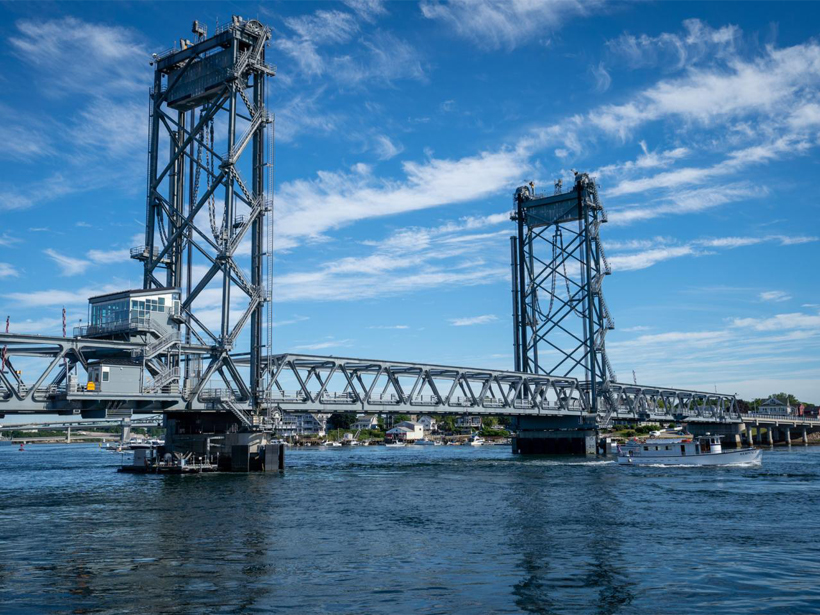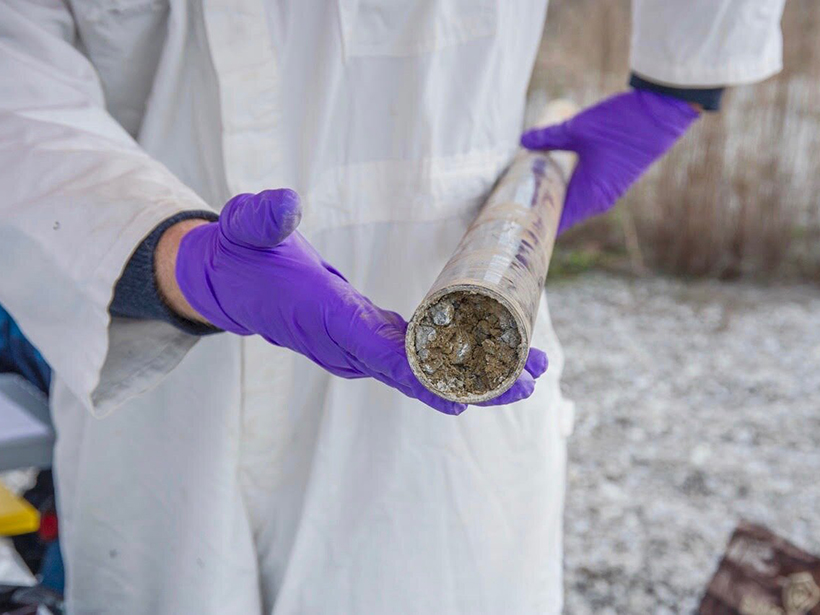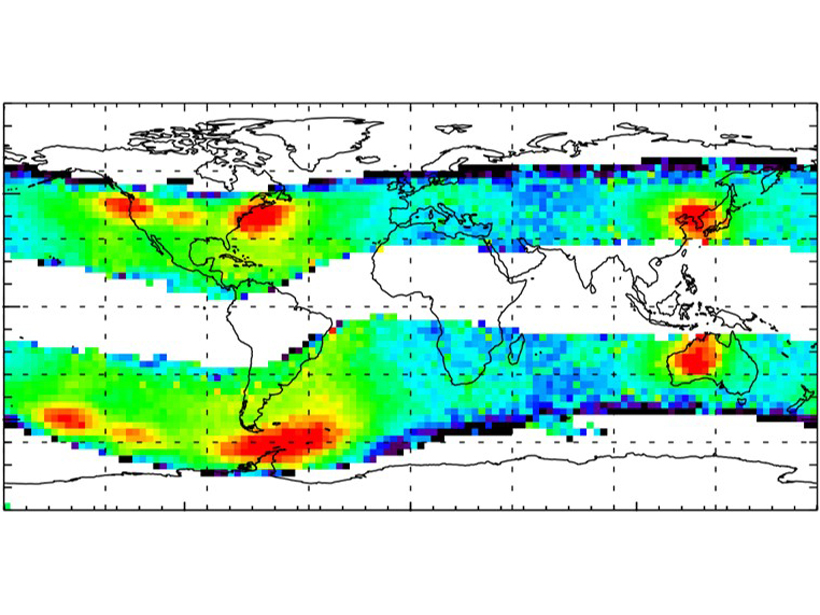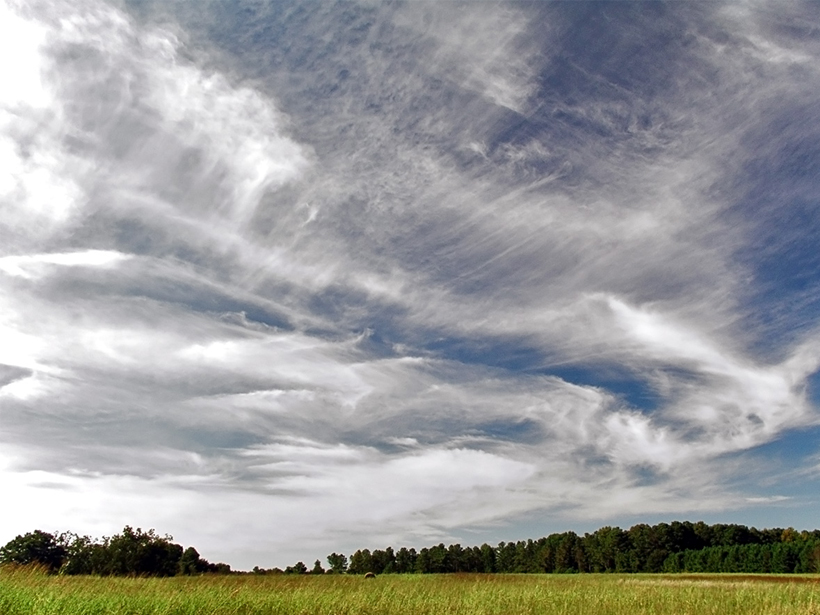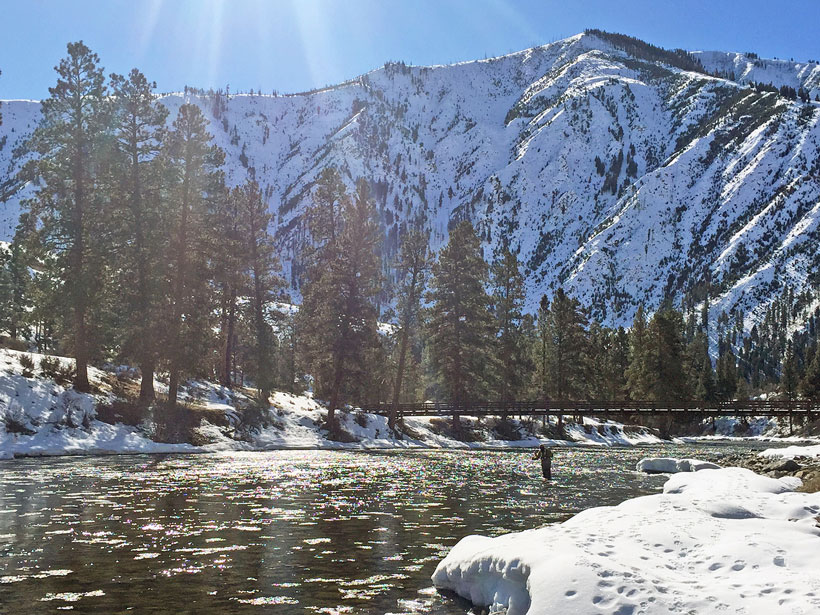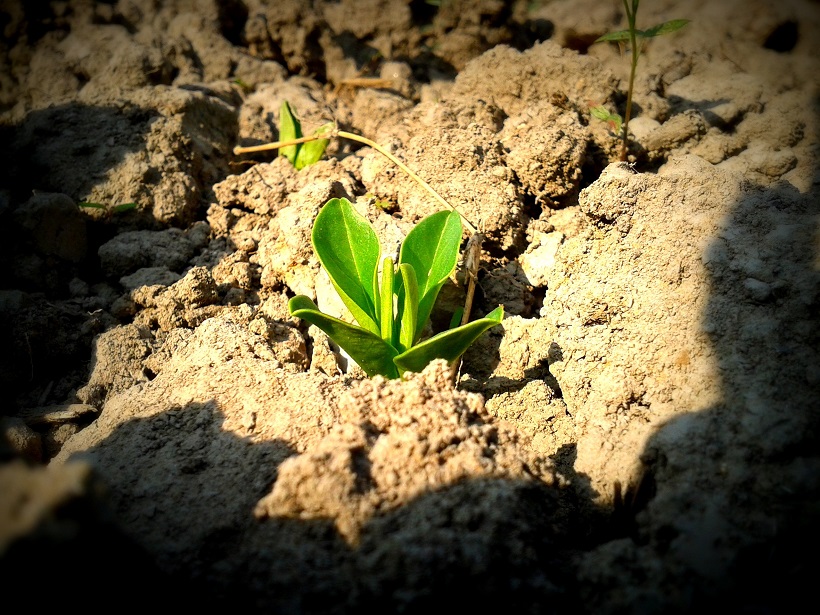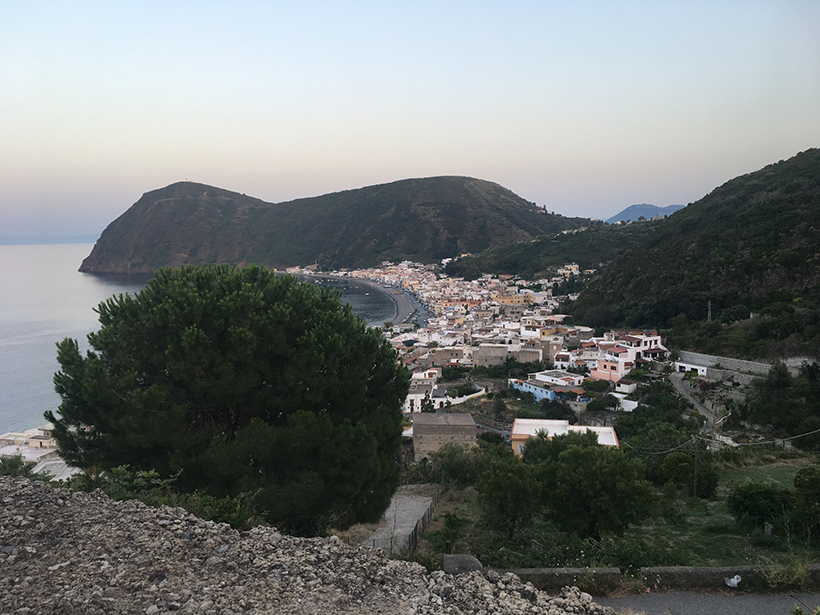Analyses of high-resolution radiosonde balloon measurements have provided a novel climatology of atmospheric turbulence parameters in the troposphere and lower stratosphere.
cool tools
This Bridge Monitors the Environment and Harnesses Tidal Energy
The “smart” Memorial Bridge spanning the Piscataqua is outfitted with a tidal turbine and more than 40 sensors.
New Tool Reveals That Soils Are Teeming with Active Microbes
BONCAT, a new type of amino acid tagging, highlights and categorizes active soil microbes in situ.
Human-made Emissions Modify Electron Space Environment
Very Low Frequency transmitters used for communications with submarines modify the dynamics of energetic electrons in the inner radiation belt and the slot region.
A Better Way to Measure Cloud Composition
An enhanced satellite remote sensing suite accurately measures ice particles, temperature, and water vapor.
Bringing Climate Projections Down to Size for Water Managers
Hydrologists are creating watershed-scale projections for water resources managers and tools that managers can use to plan for the effects of climate change.
Monitoring the Environment in the Northwestern Mediterranean Sea
The Mediterranean Ocean Observing System for the Environment (MOOSE) network integrates a range of platforms to detect and identify long-term environmental anomalies.
The Paramount Societal Impact of Soil Moisture
Recent technological innovations offer new opportunities for soil moisture characterization and monitoring from the pedon to global scales.
Seismic Sensors Probe Lipari’s Underground Plumbing
An international team of scientists installed a novel, dense network of 48 seismic sensors on the island of Lipari to investigate the active magma system underground.
Apollo’s Legacy: 50 Years of Lunar Geology
Samples of the Moon’s surface brought back by Apollo astronauts ushered in a new era of planetary science. Scientists today continue the legacy.


